The eye allergy treatment market in Japan is characterized by a competitive landscape that is both dynamic and multifaceted. Key growth drivers include an increasing prevalence of allergic conjunctivitis, heightened awareness of eye health, and advancements in treatment modalities. Major players such as Santen Pharmaceutical (Japan), Alcon (Switzerland), and Takeda Pharmaceutical (Japan) are strategically positioned to leverage these trends. Santen Pharmaceutical (Japan) focuses on innovation in ocular therapeutics, particularly through the development of novel formulations that enhance patient compliance. Alcon (Switzerland) emphasizes its commitment to research and development, aiming to introduce cutting-edge solutions that address unmet medical needs. Takeda Pharmaceutical (Japan) is actively pursuing partnerships to expand its product portfolio, thereby enhancing its competitive edge in the market.
In terms of business tactics, companies are increasingly localizing manufacturing to optimize supply chains and reduce operational costs. The market structure appears moderately fragmented, with several players vying for market share. However, the collective influence of key players is significant, as they drive innovation and set industry standards. This competitive environment fosters a climate of continuous improvement, where companies are compelled to enhance their offerings to maintain relevance.
In November 2025, Santen Pharmaceutical (Japan) announced the launch of a new eye drop formulation specifically designed for allergic conjunctivitis. This strategic move is expected to strengthen its market position by addressing a critical need among patients. The introduction of this product aligns with Santen's focus on innovation and patient-centric solutions, potentially increasing its market share in a competitive landscape.
In October 2025, Alcon (Switzerland) unveiled a digital platform aimed at improving patient engagement and education regarding eye allergies. This initiative reflects Alcon's commitment to digital transformation, which is increasingly vital in the healthcare sector. By enhancing patient access to information and treatment options, Alcon may solidify its reputation as a leader in the eye allergy treatment market.
In September 2025, Takeda Pharmaceutical (Japan) entered into a strategic partnership with a biotechnology firm to co-develop a novel biologic therapy for severe allergic conjunctivitis. This collaboration underscores Takeda's strategy of leveraging external expertise to accelerate innovation. The partnership is likely to enhance Takeda's product pipeline and position it favorably against competitors.
As of December 2025, current competitive trends indicate a shift towards digitalization, sustainability, and the integration of artificial intelligence in treatment development. Strategic alliances are increasingly shaping the landscape, allowing companies to pool resources and expertise. Looking ahead, competitive differentiation is expected to evolve, with a pronounced shift from price-based competition to a focus on innovation, technology, and supply chain reliability. This evolution may redefine market dynamics, compelling companies to prioritize long-term value creation over short-term gains.


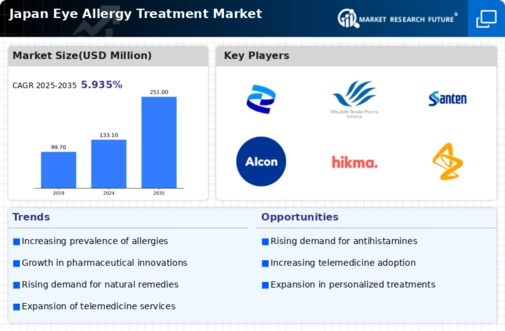
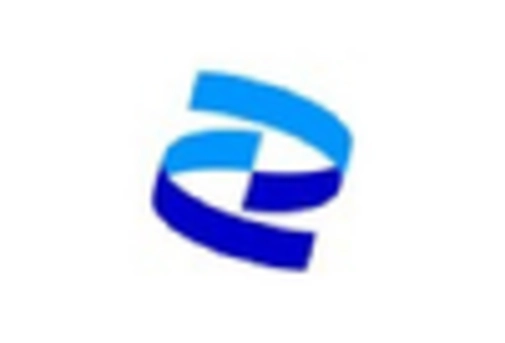
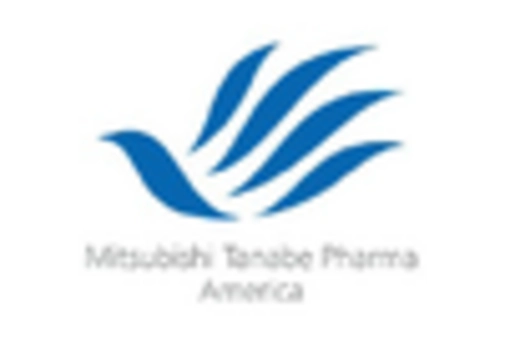
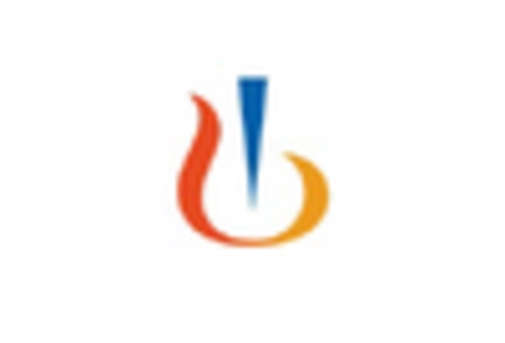




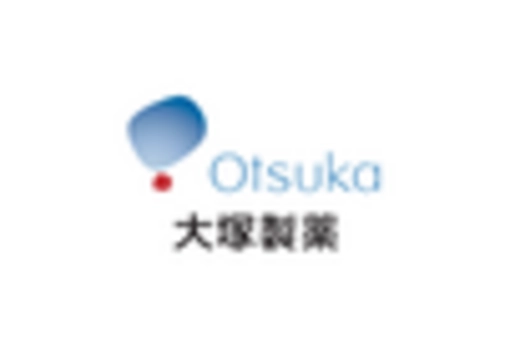









Leave a Comment